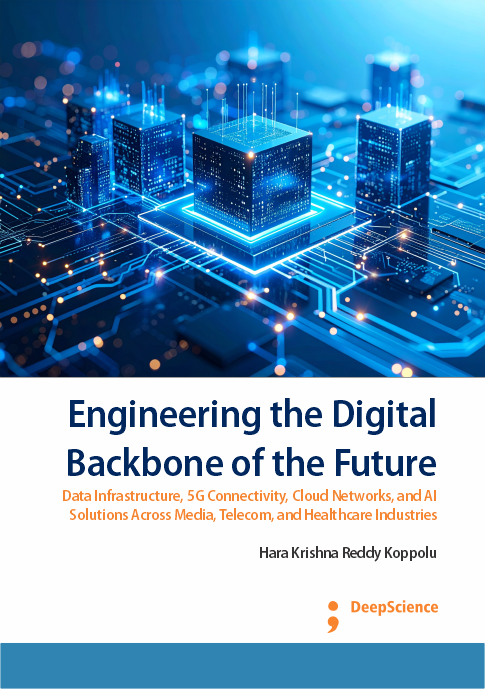The intersection of data, artificial intelligence, and healthcare: Creating predictive and personalized care models
Synopsis
The proposal of the Learning Health System (LHS); real-time generation and translation of evidence into practice through seamless integration of data and analytics to support improvement of health across individuals and populations; has the promise to address many of the most pressing problems in US healthcare delivery: Access; Affordability; Quality; Equity; and Impact. Fortunately, the previous decades have seen significant advancements in technologies and methods that make the deployment of LHS in multiple settings and clinical domains at consumer-and-organization scale possible. Specifically, the rise of the Internet and popularity of smart devices have created an infrastructure that enables real-time, triggered, and proactive data collection about a patient’s temporal health status outside of the clinical setting. These digital footprints, when combined with near-continuous passive health state data from devices and wearables, form a data reservoir for predictive analytics and support AI-enhanced solutions. Such predictive solutions can take the form of Risk Prediction Models or Clinical Decision Support Systems that automate aspects of clinical decision making (Ahmed et al., 2018; Kumar & Mallick, 2018; Ghosh & Das, 2019).












